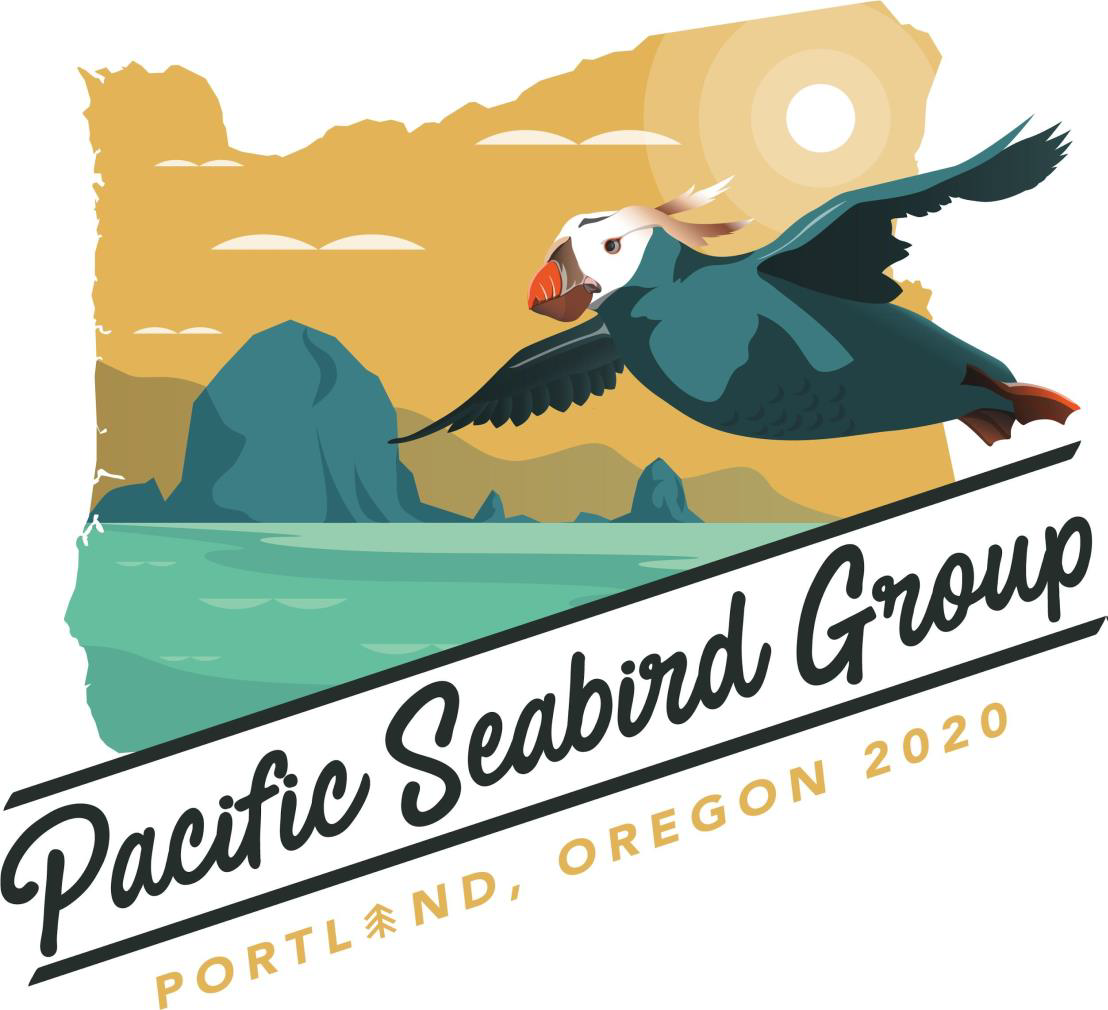
BirdLife South Africa's Reason Nyengera (right) and CapMarine’s Sayalibonga Njokweni aboard a hake trawl vessel
With funding from ACAP’s 2019 round of the Small Grants Programme, BirdLife South Africa and Imvelo Blue Environment Consultancy (IBEC) have partnered to develop a compliance monitoring device that records the mechanical tension of a deployed bird-scaring line (BSL) and converts it into an electronic signal through a process called mechatronic engineering. The technical development has been independently undertaken in South Africa by Nelson Miranda of Argonaut Science. A prototype, invented by IBEC founder Sihle Victor Ngcongo, has been produced that is able to record the tension or pull by the BSL every one or two seconds while simultaneously recording the time and date (click here).
The ACAP small grant is allowing for further development of the pilot device with the objectives of:
a) Refining the data collection software and adjusting its sensitivity to various deployment conditions at sea, such and weather and fluctuations in tension, as well as to potential tampering with the BSL or deployment method;
b) Capturing data through a USB port, eliminating the need to remove the device from its attachment point;
c) Tamper proofing the device and recorded data;
d) Adapting the device for ease of use on various fleets and different types of BSLs; and
e) Developing tension profiles that can be used to analyse and validate the data in the absence of an observer.
It is considered the monitoring device will be easily deployed on all types of fishing gear requiring the use of bird-scaring lines. At present assessing compliance with mitigation measures is only possible with an on-board observer. However, observer programmes are seldom able to achieve 100% observer coverage of fishing effort. The device once developed and deployed should be able to monitor BSL deployment 100% of the time in the absence of an observer. The device will thus address a concern with compliance expressed at the ACAP Advisory Committee at its 2019 meeting (AC11).

A trawl vessel crew member holds the compliance monitoring device that aims to record mechanical tension of bird-scaring lines
So far there have been 13 deployments on pelagic and demersal longline and demersal trawl fleets, working out of Durban, Gansbaai, Cape Town and Saldanha Bay harbours along South Africa’s coast. Further trials are ongoing providing information on the compliance device's effectiveness and resilience.
With thanks to Andrea Angel and Reason Nyengera, BirdLife South Africa.
John Cooper, ACAP Information Officer, 10 September 2020

 English
English  Français
Français  Español
Español 


